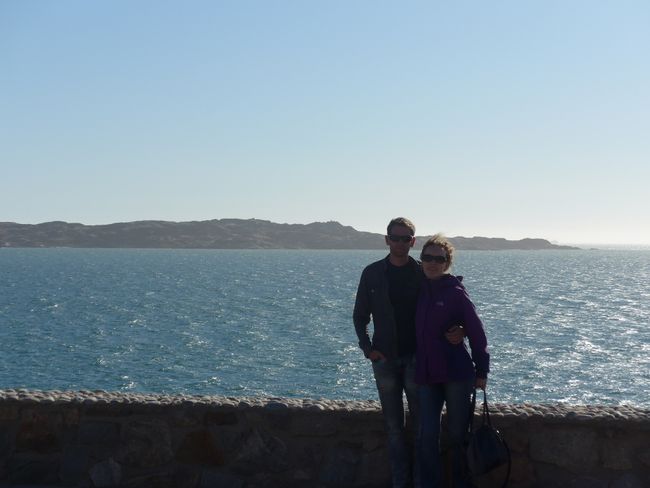Weimar (Germany Tour Part 6)
Publicados: 23.07.2018
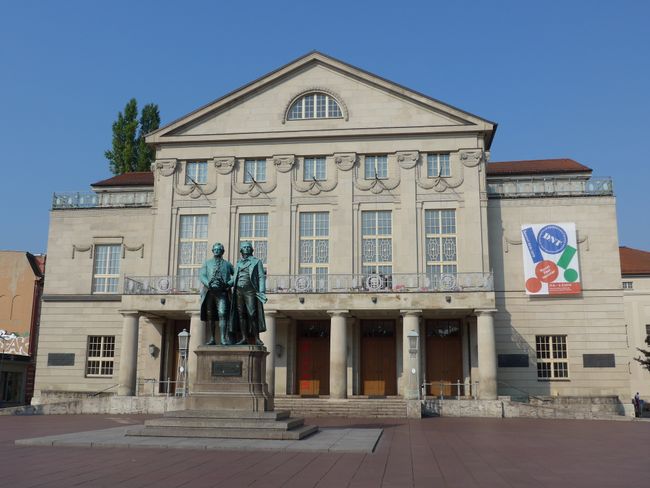
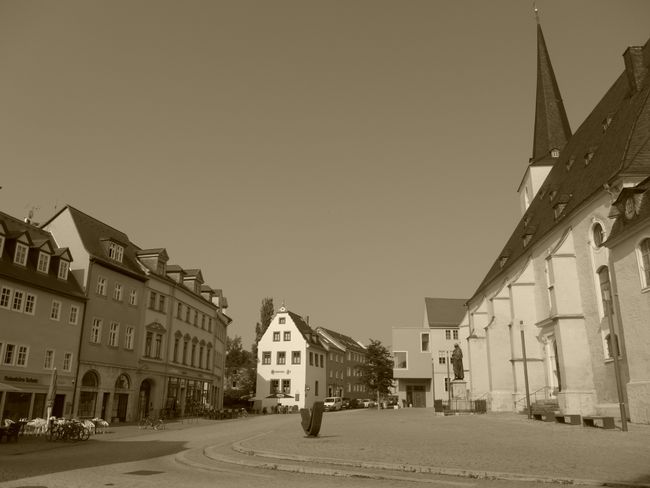
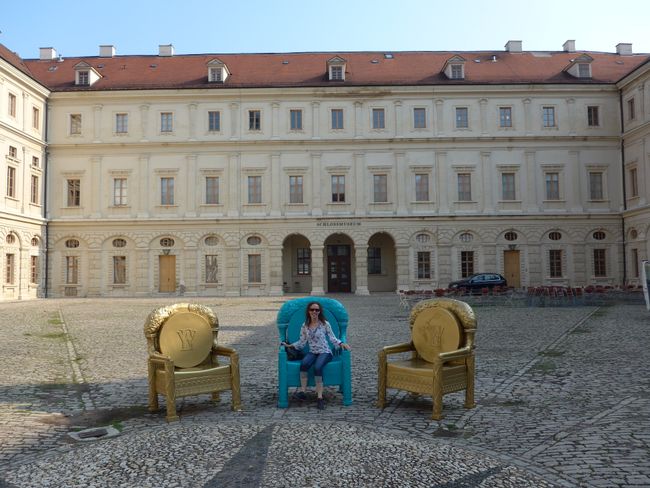
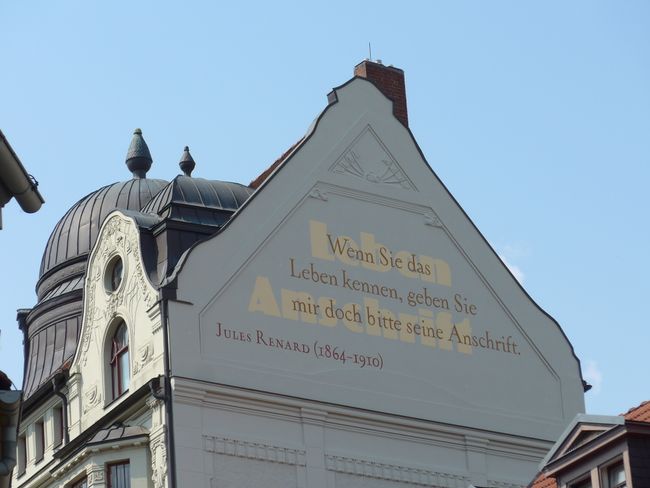
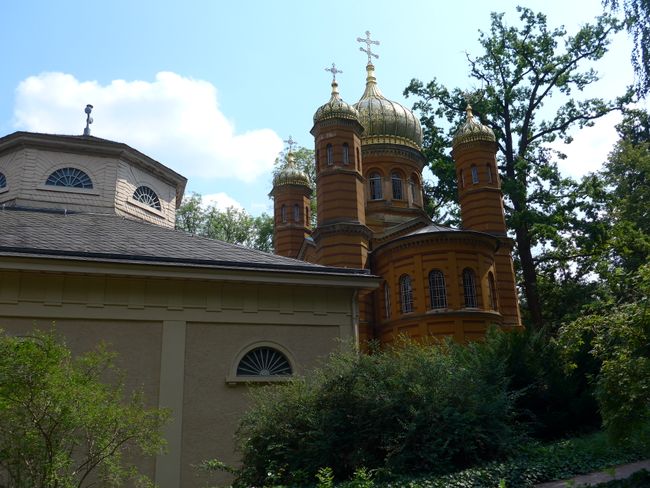

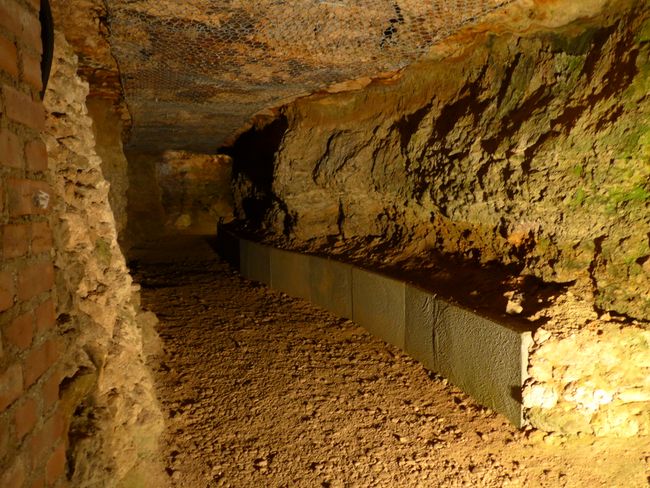
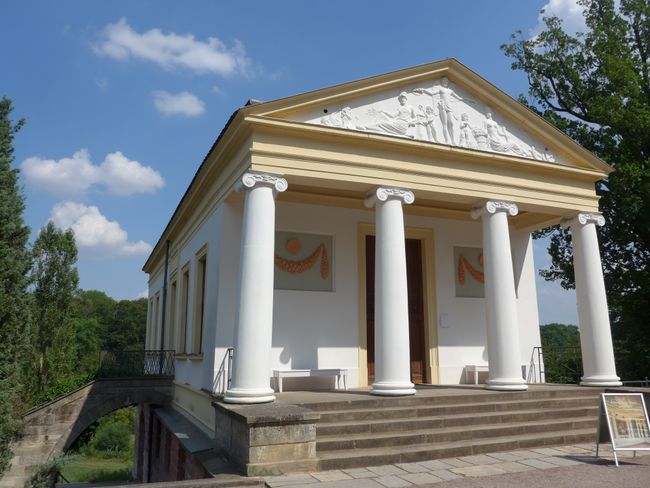
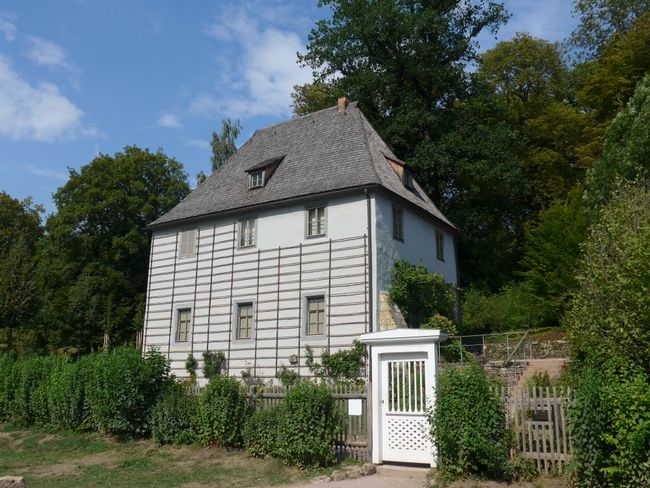
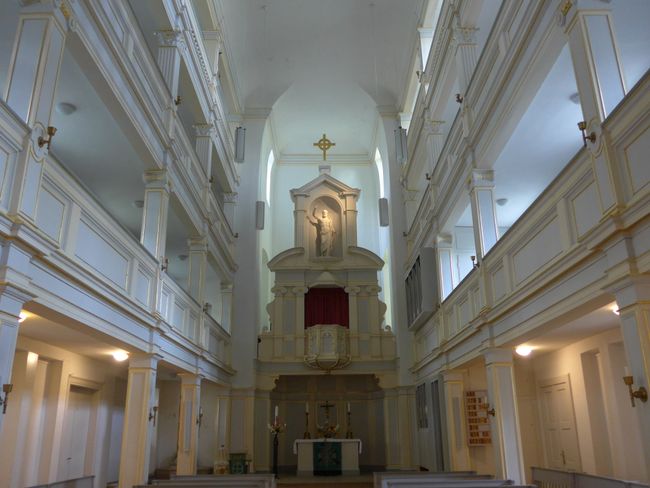
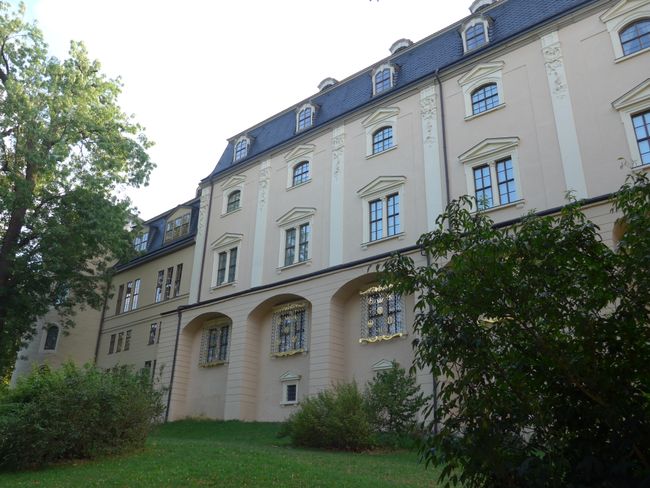
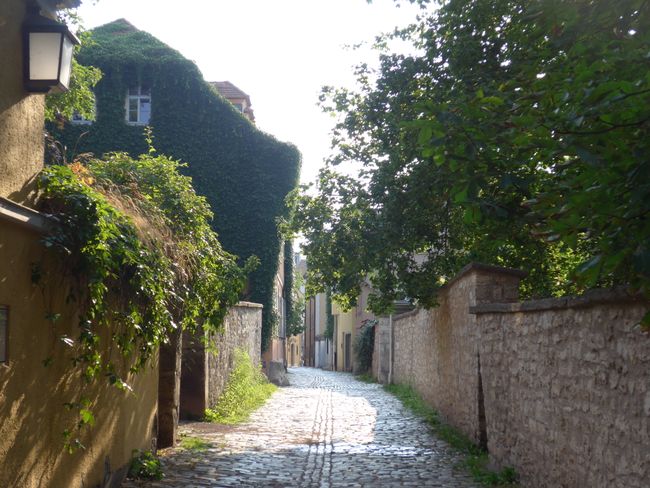
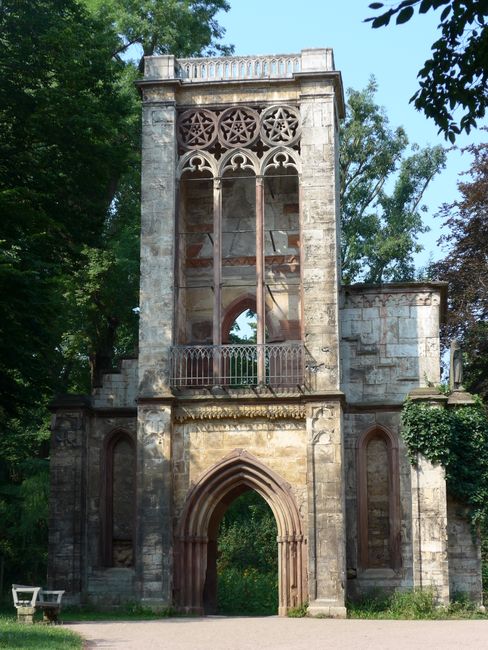
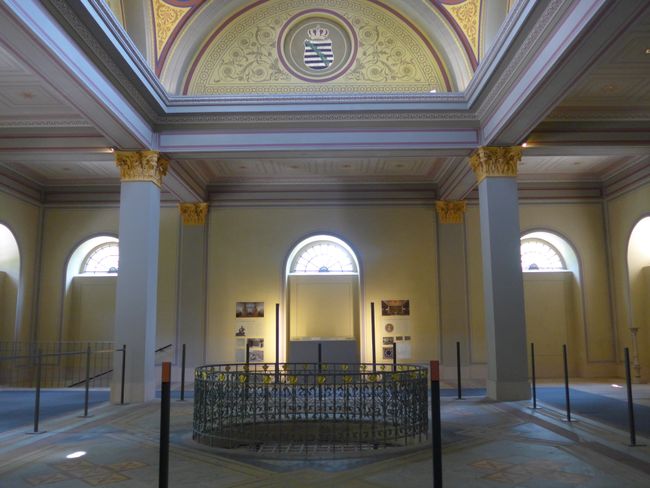
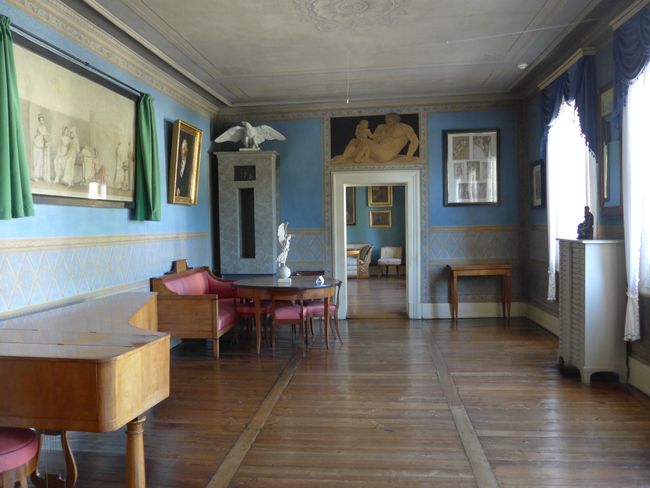
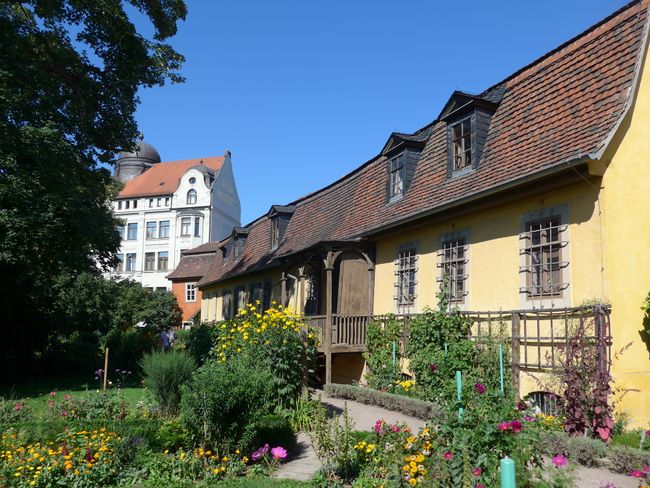
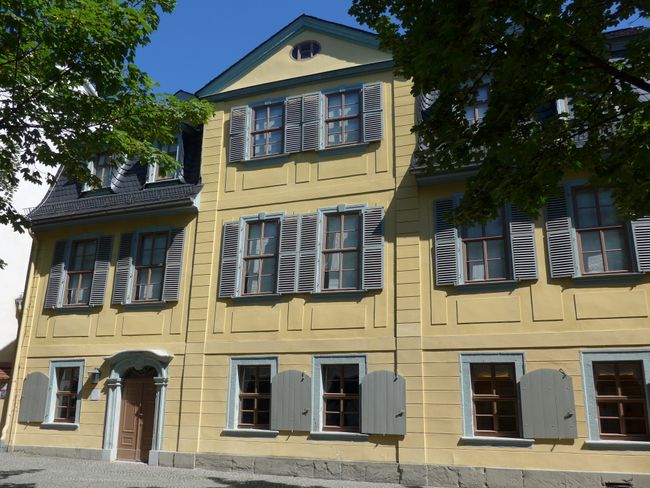
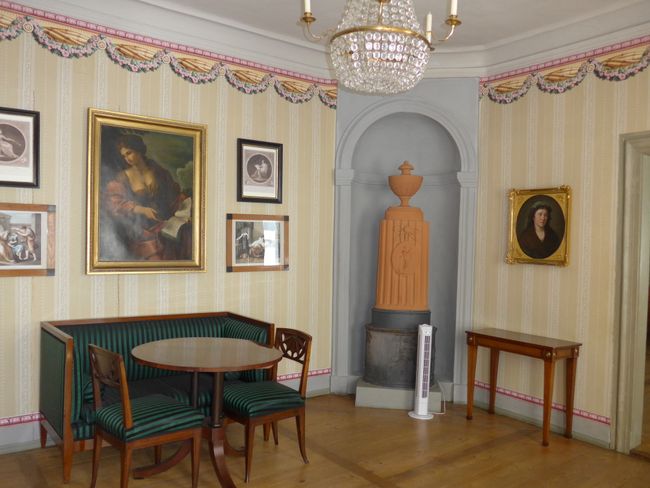
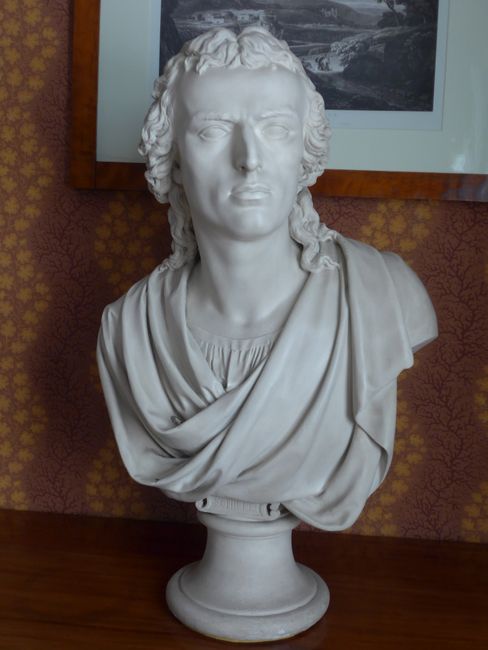
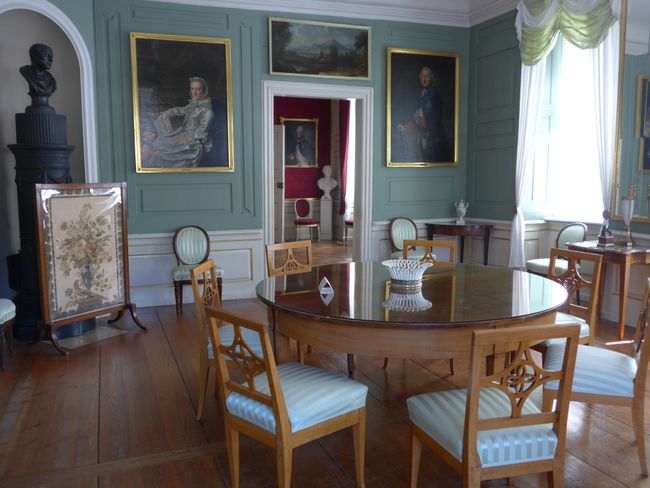
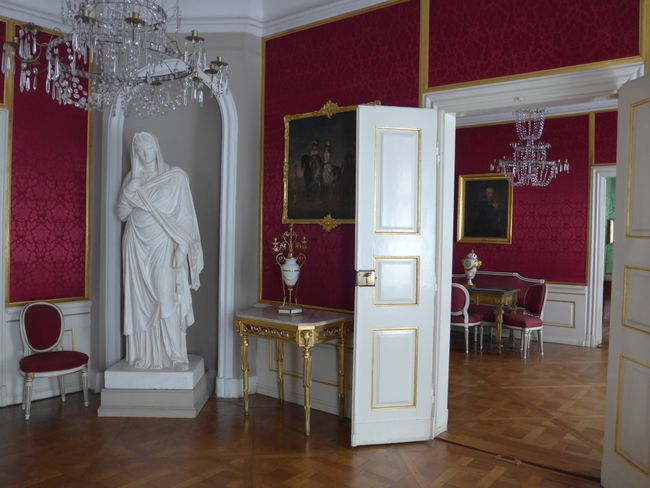
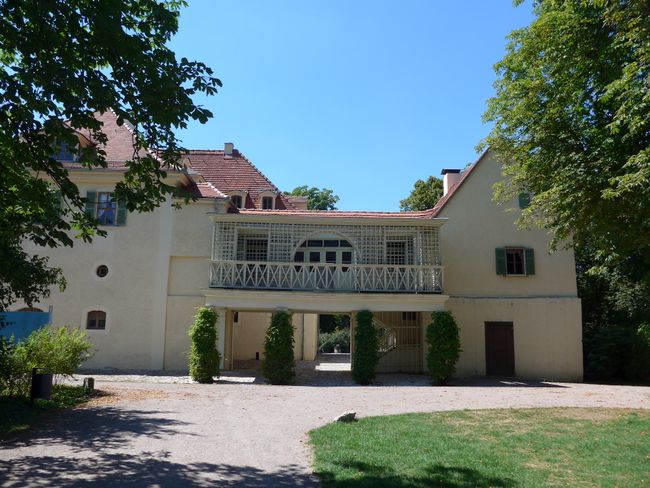
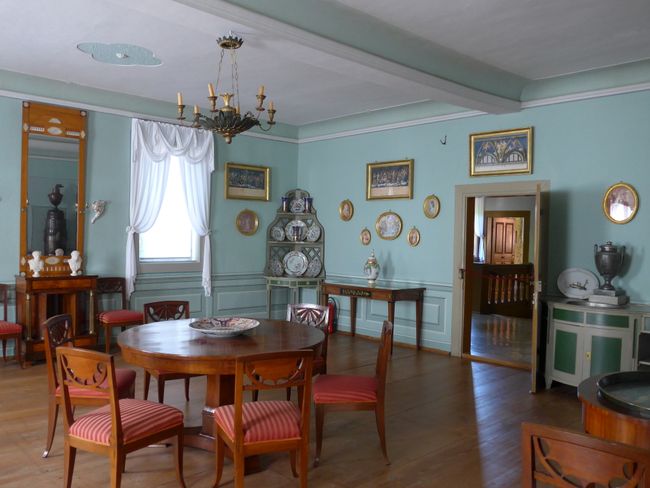
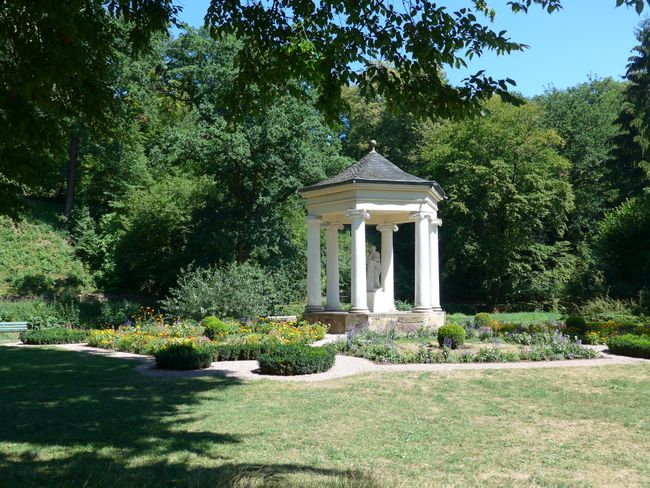
Assine o boletim informativo
We have only one and a half days in Weimar, the city famous for Weimar Classicism, Bauhaus style, and the failed Weimar Republic. So we set off early to take a stroll through the city before our guided tour started at 10 am in the market square.
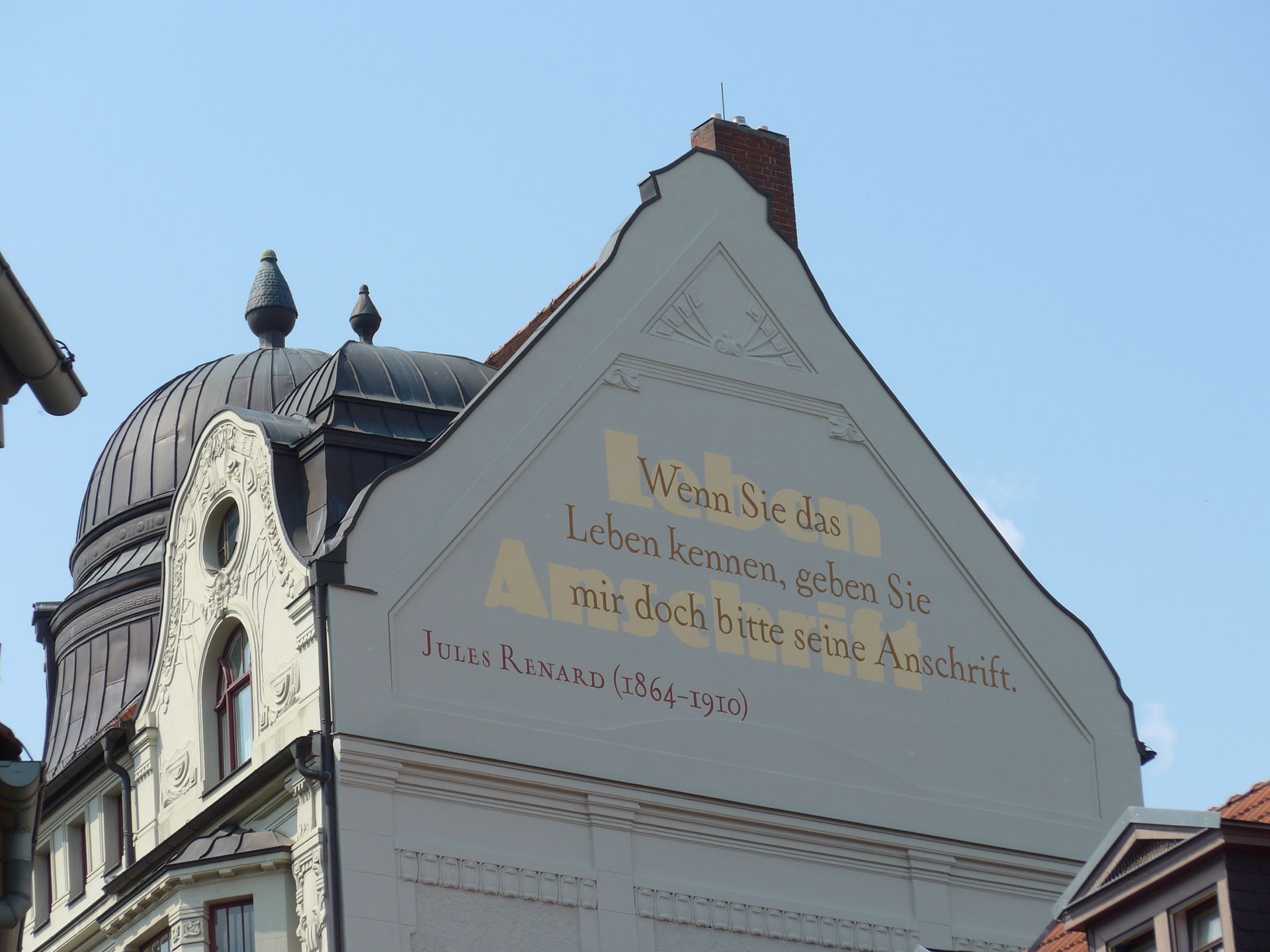
From the outside, we saw the building of the famous Anna Amalia Library and the current Music Academy.
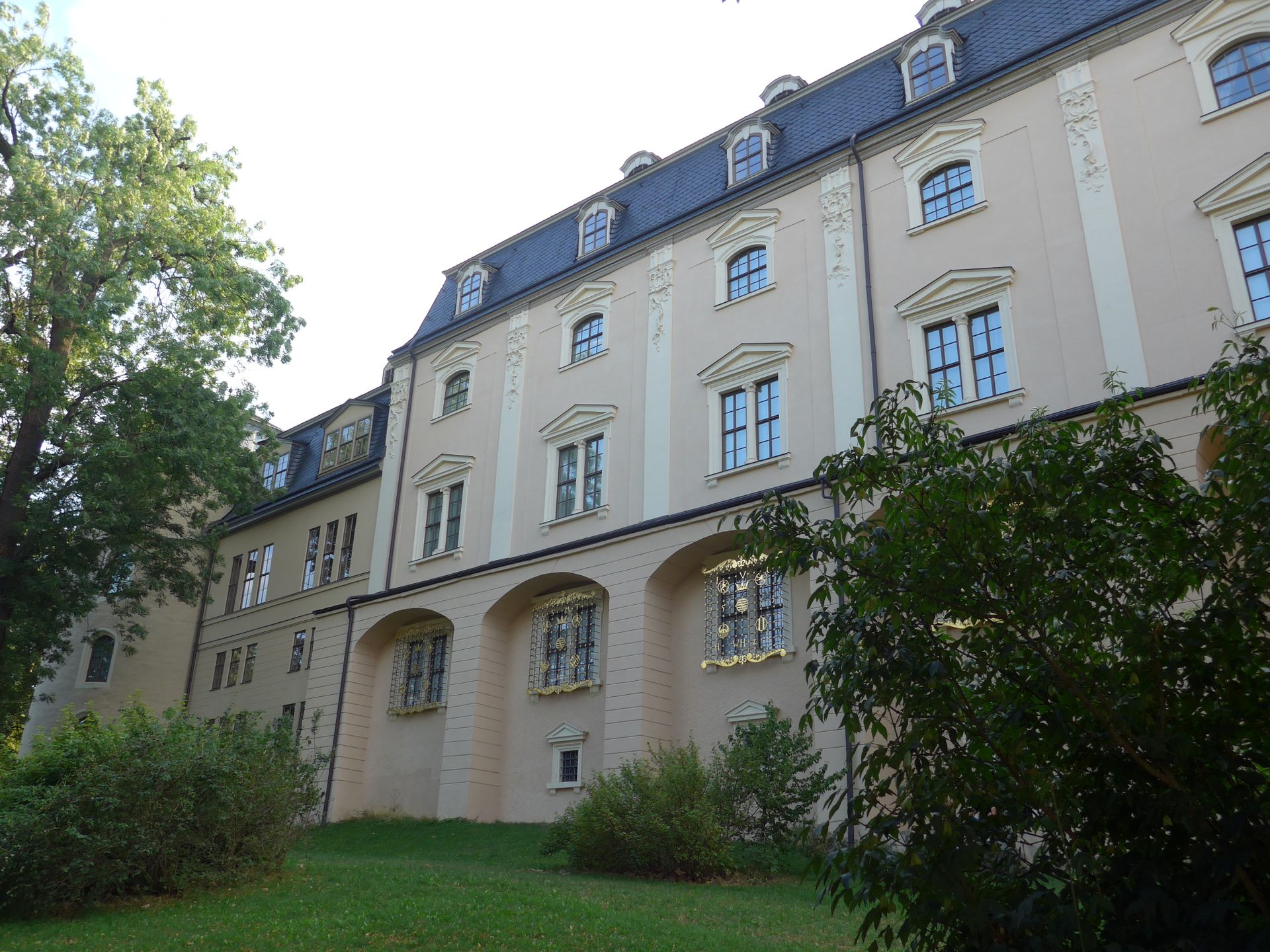
We continued our walk through the Ilm Park and from a distance, we admired Goethe's garden house and real and fake ruins.
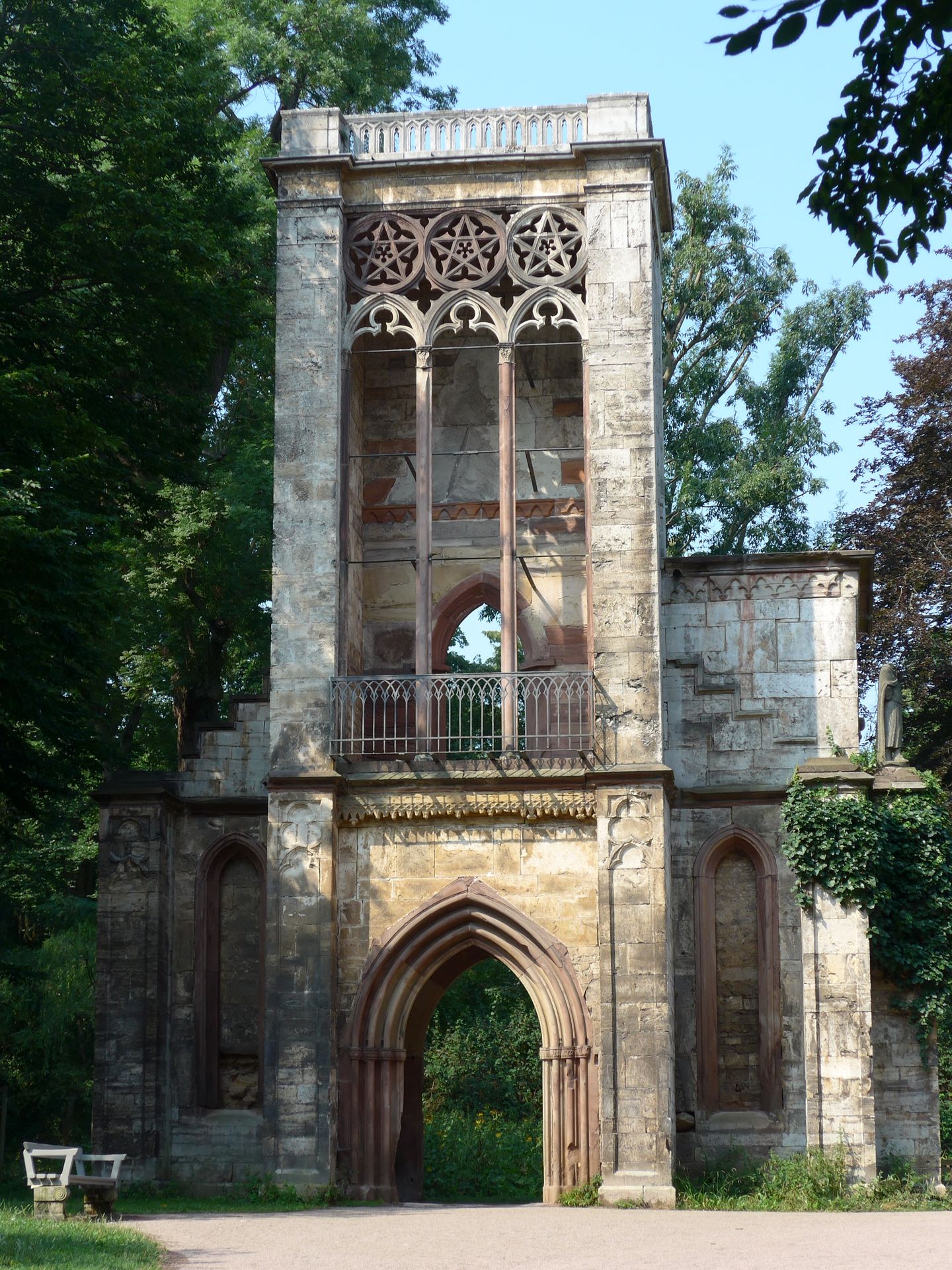
At the historic cemetery, we learned why Schiller's remains do not rest in the Ducal Vault, although he was supposed to find his final resting place there. However, Goethe is buried there with many other members of the ducal family, making the vault a pilgrimage site for admirers of both writers.
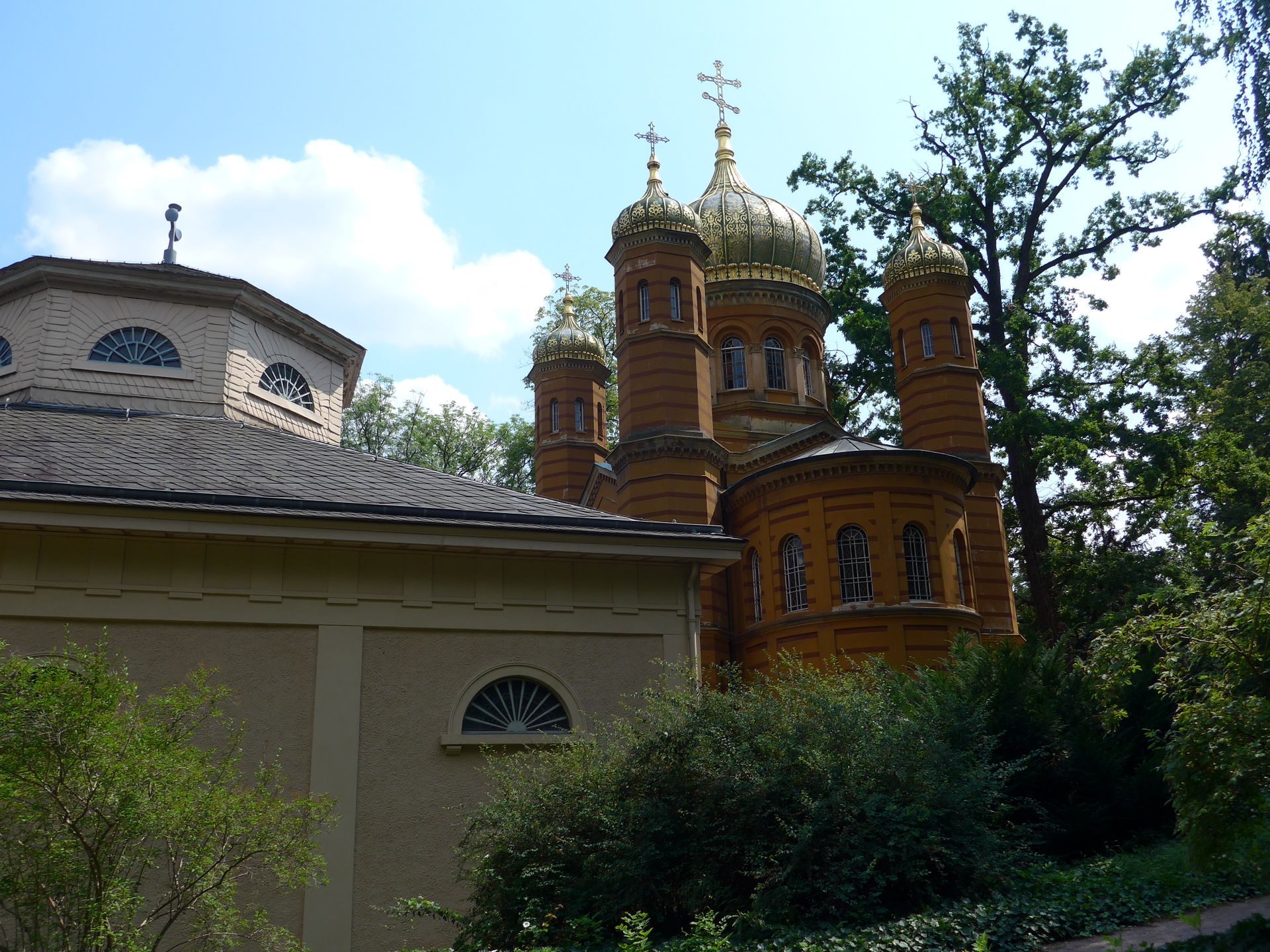
Our journey then took us to Goethe's and Schiller's houses, and finally to the theater, where the two are immortalized as statues.
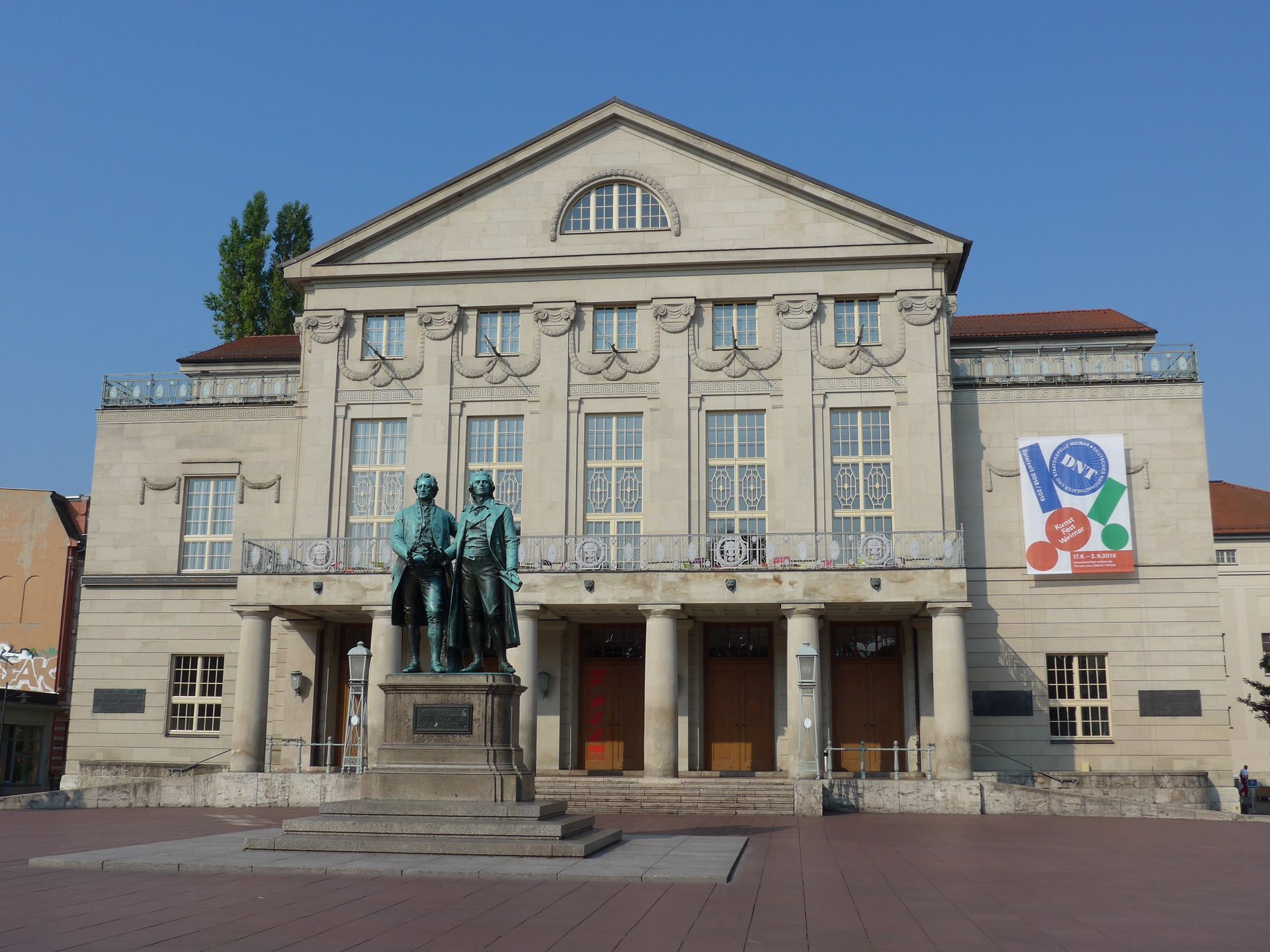
Armed with so much knowledge, we set out to explore more in detail. We improved our knowledge of the city's history at the "Weimar Haus," which advertises itself as telling the story of Weimar's first settlement to the era of Classicism in 30 minutes. Through various themed rooms, one is given a brief insight into different periods with a multimedia show. It was quite interesting, but at a rather steep price.
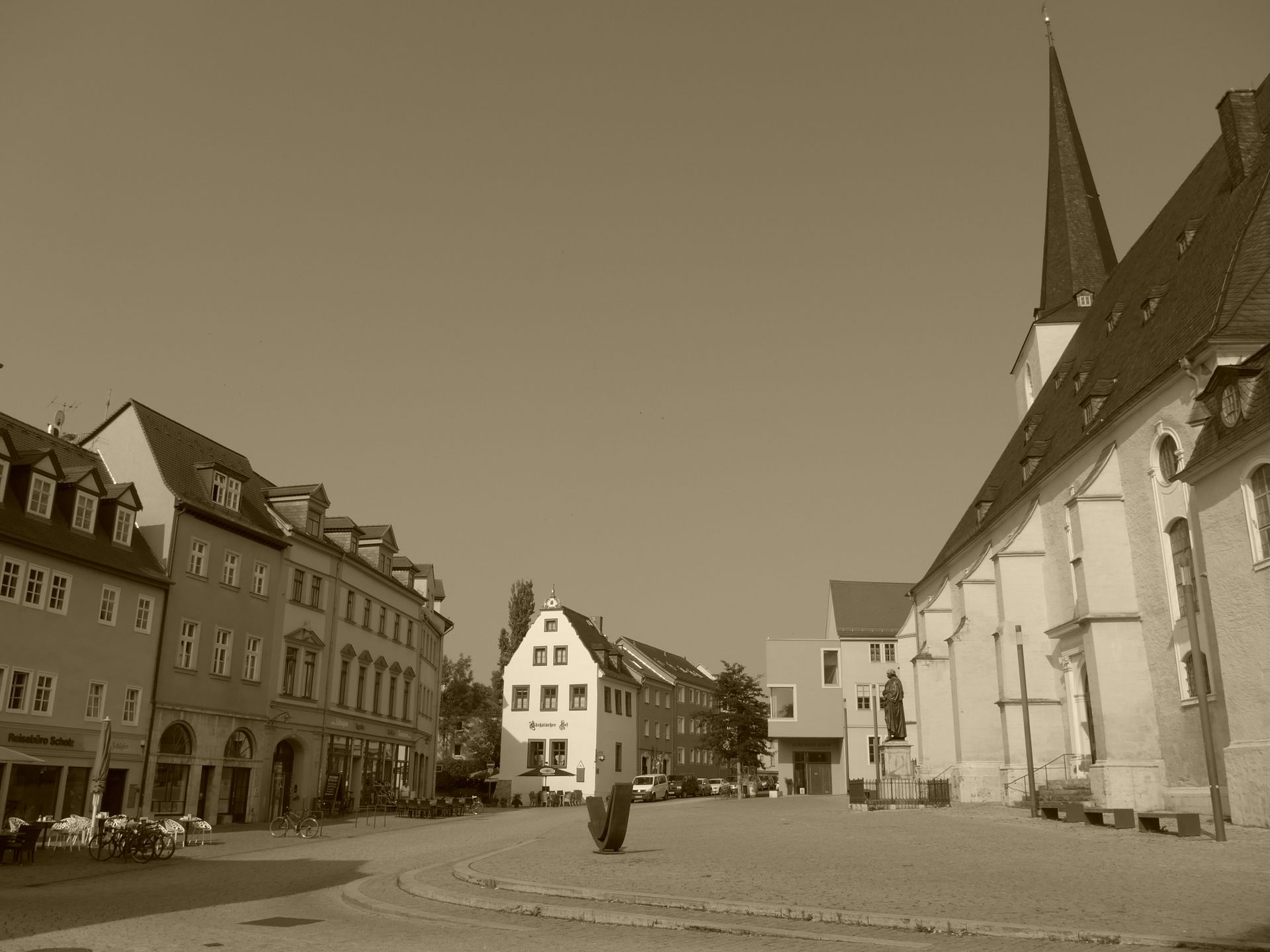
Next, we visited the Ducal Vault from the inside and the adjacent Orthodox Funeral Chapel for Maria Pavlovna, the daughter of the Tsar, who married the Grand Duke of Saxe-Weimar-Eisenach but retained her Orthodox faith.
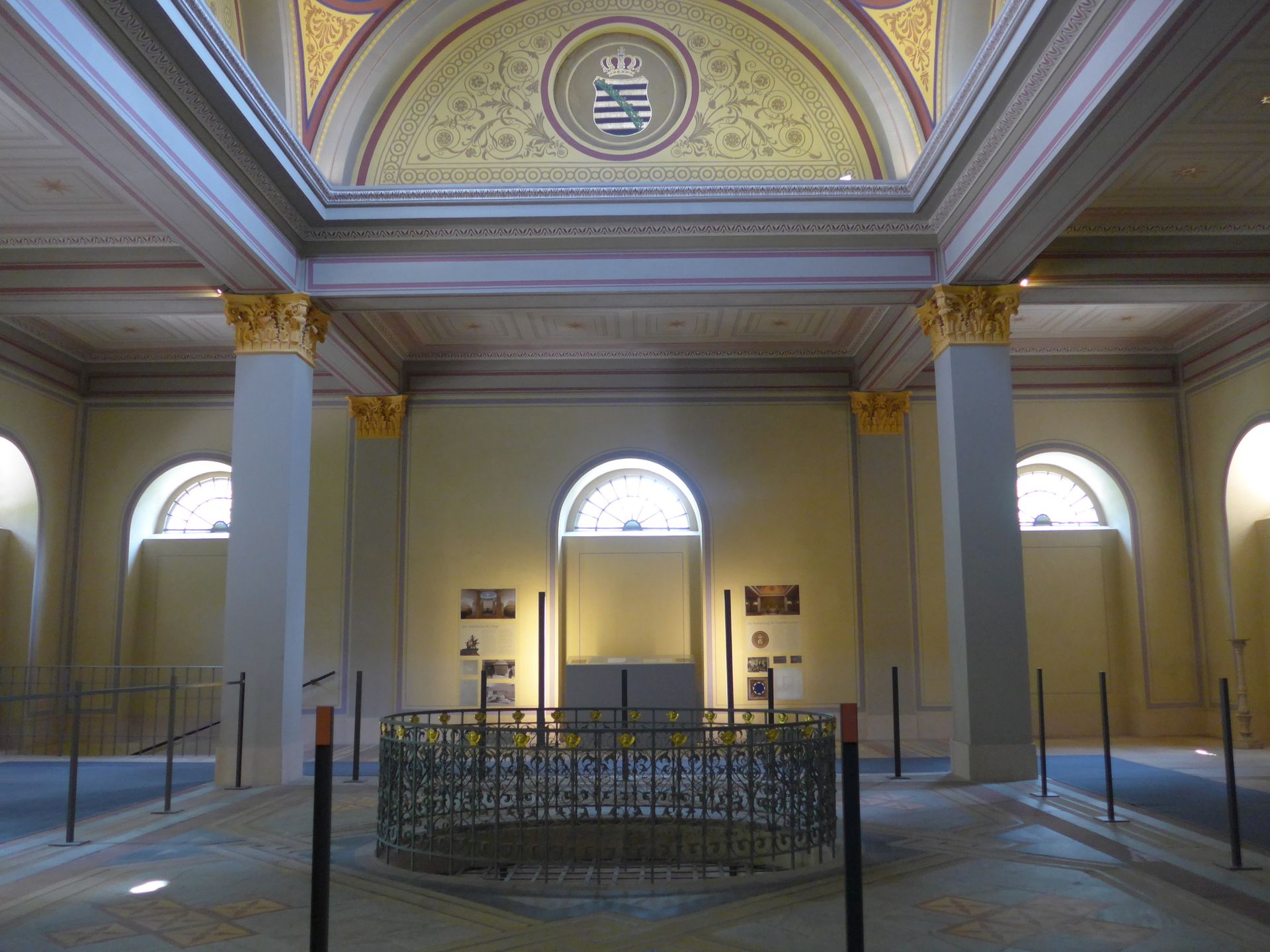
Franz Liszt also lived a longer period of his life in Weimar, and his former residence is now a museum. There, we visited his former living quarters as well as an exhibition about his life and work.

We then proceeded to the "Park Cave," which turned out to be a large bunker complex that we had imagined smaller. In any case, it provided a cool respite from the midsummer temperatures...
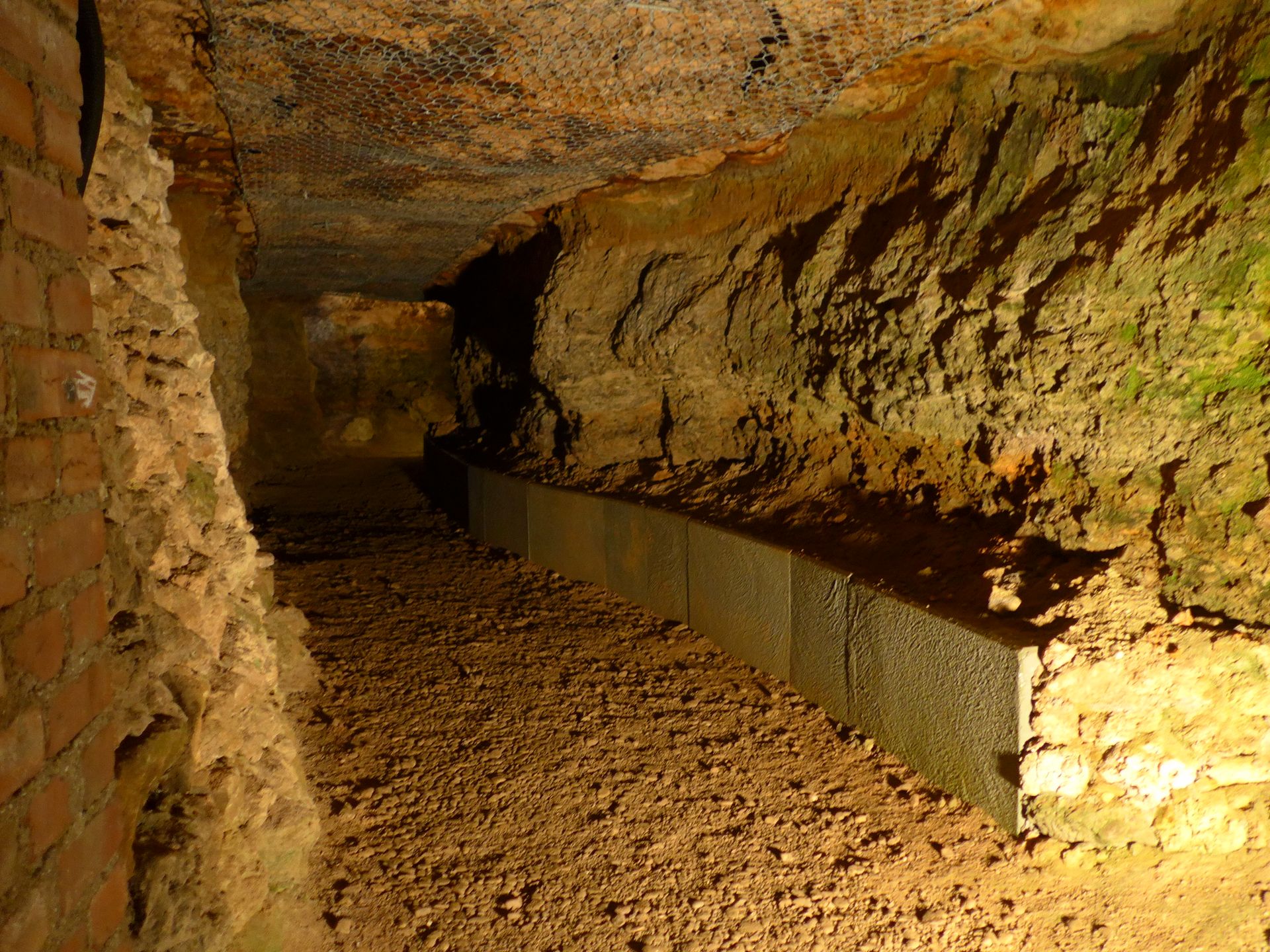
In the park, we visited the Roman House, which was designed in part by Goethe after he brought the necessary inspiration from his trip to Italy.
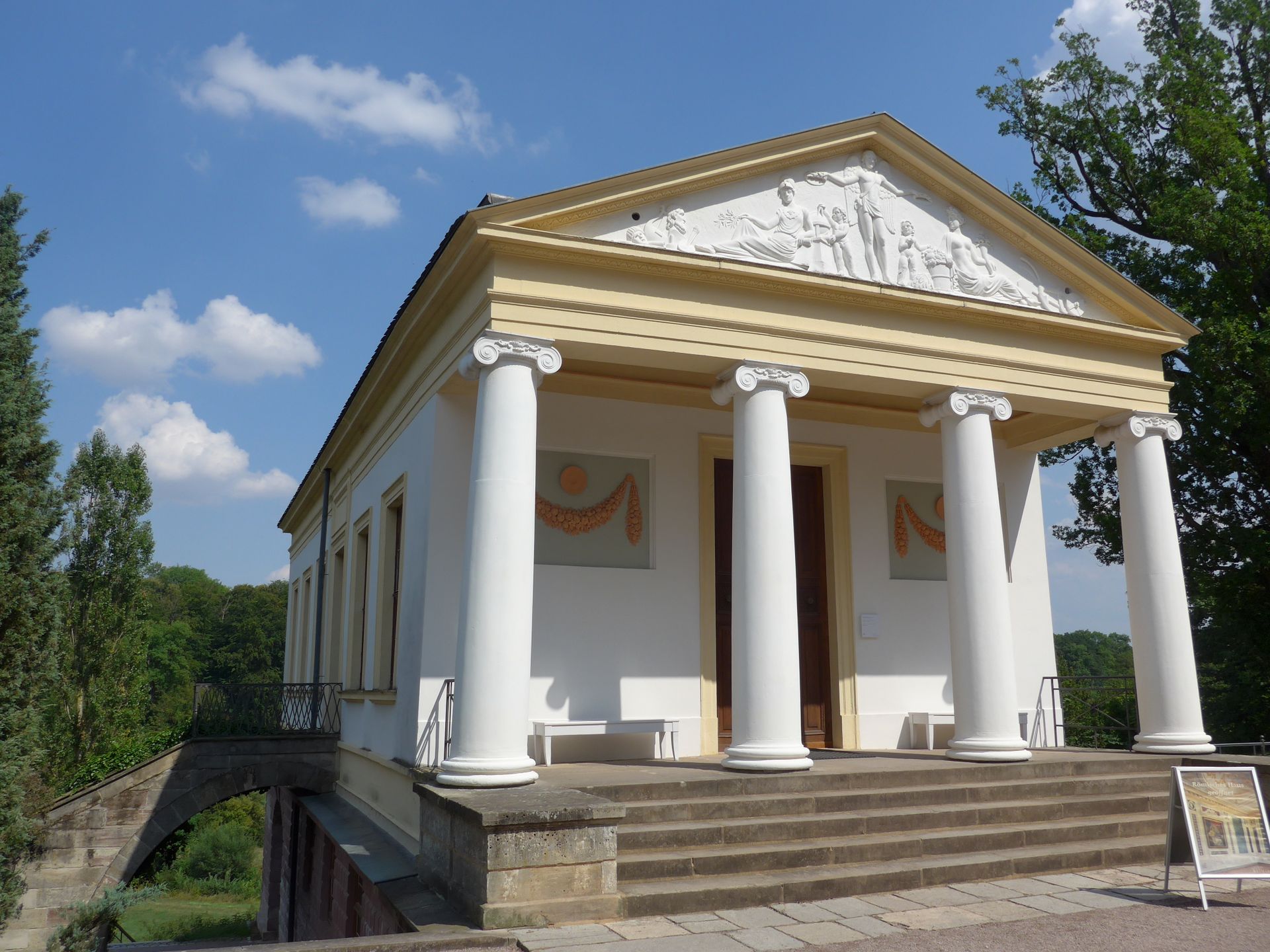
Unfortunately, Goethe's garden house was closed because we happened to be in Weimar on a Monday (we could only visit some other places the next day - there's so much to consider when planning a vacation...).
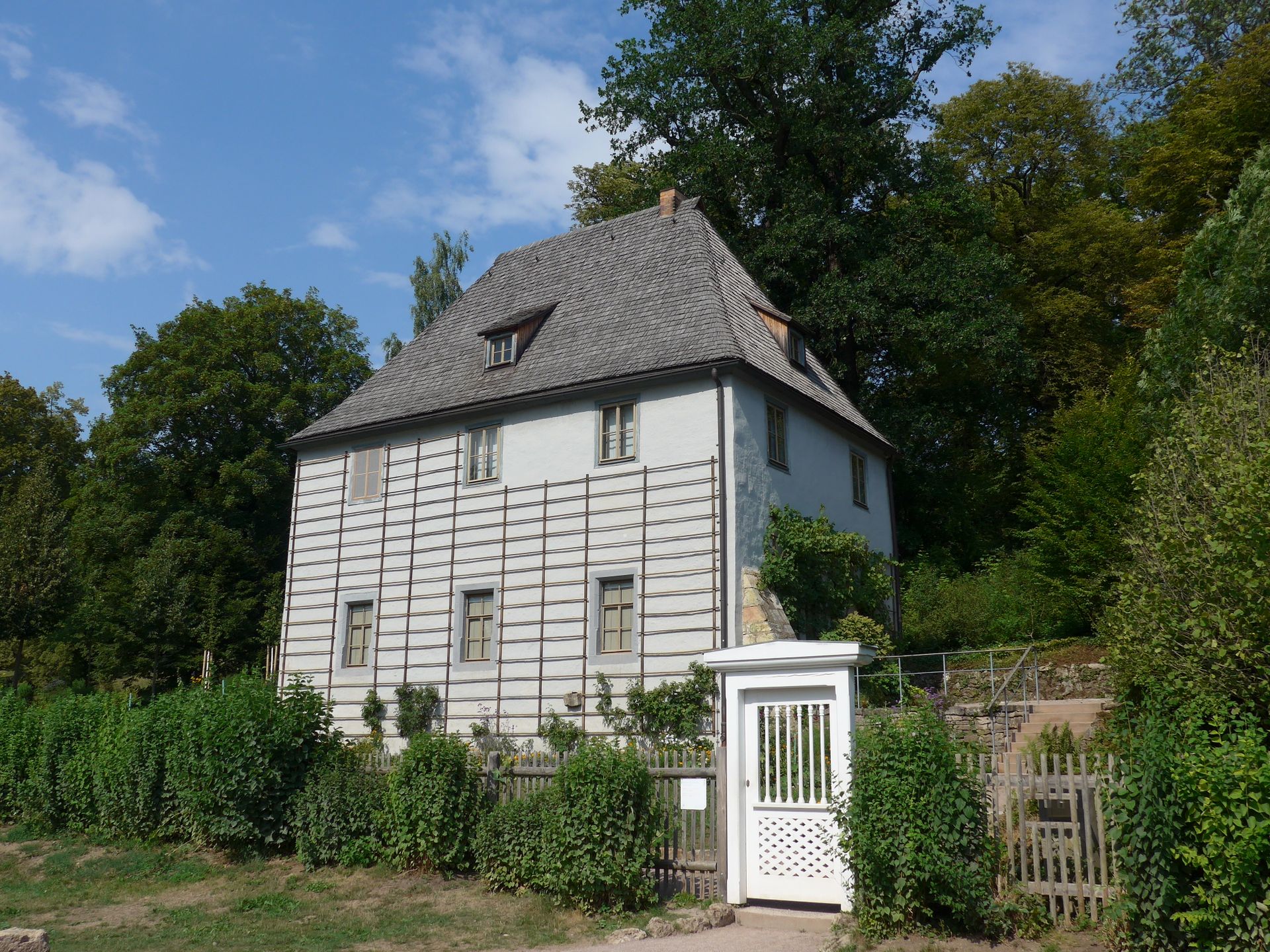
After refueling with an Italian meal (since Goethe was also in Italy), including a huge pizza, we took a walk through the "old Weimar," during which we visited, among other things, the Jacob's Church where Goethe got married.
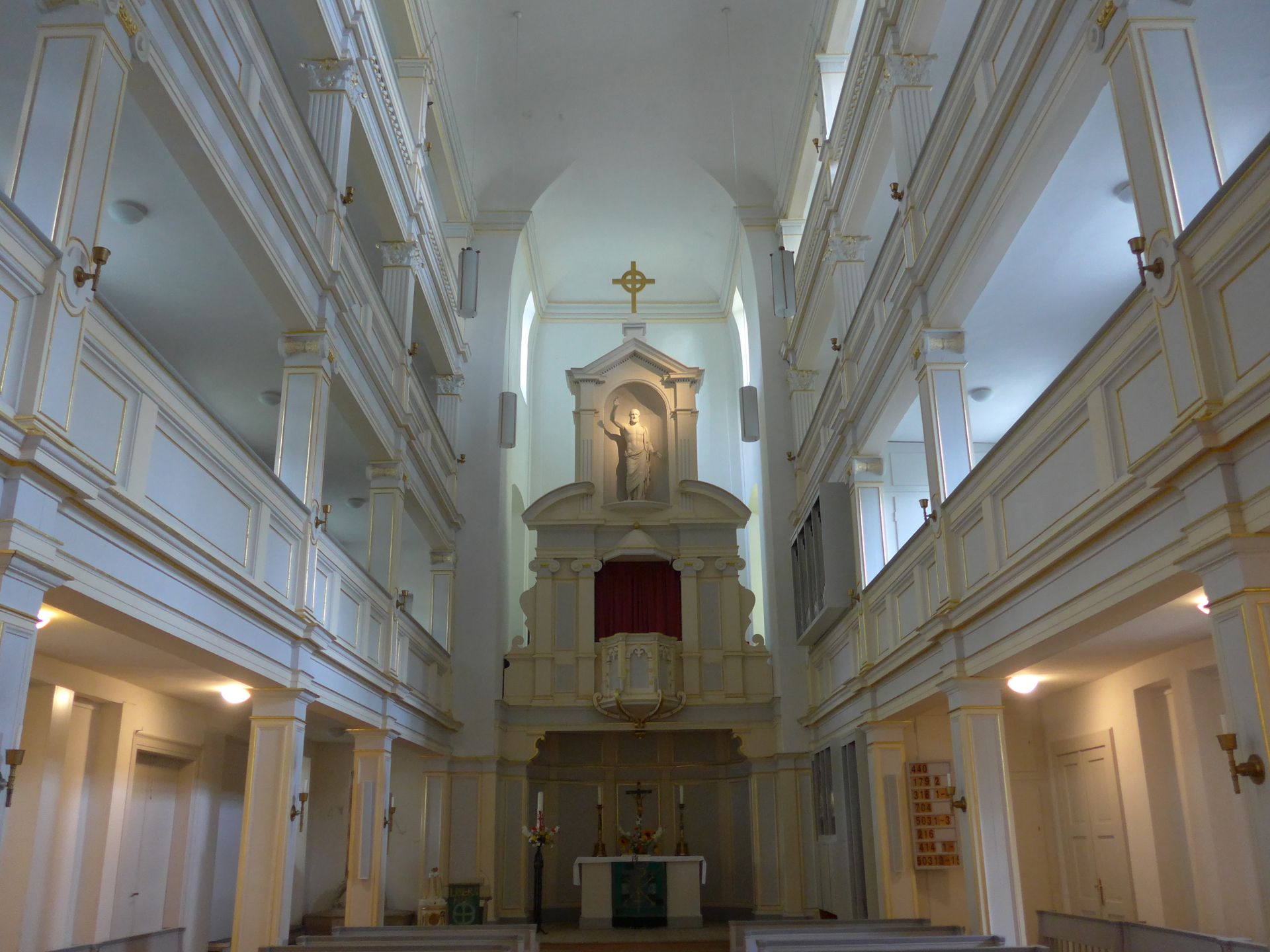
We passed by the castle and went through the Seifengasse to the former grand boulevard of Weimar, where magnificent neoclassical buildings line Steubenstraße.
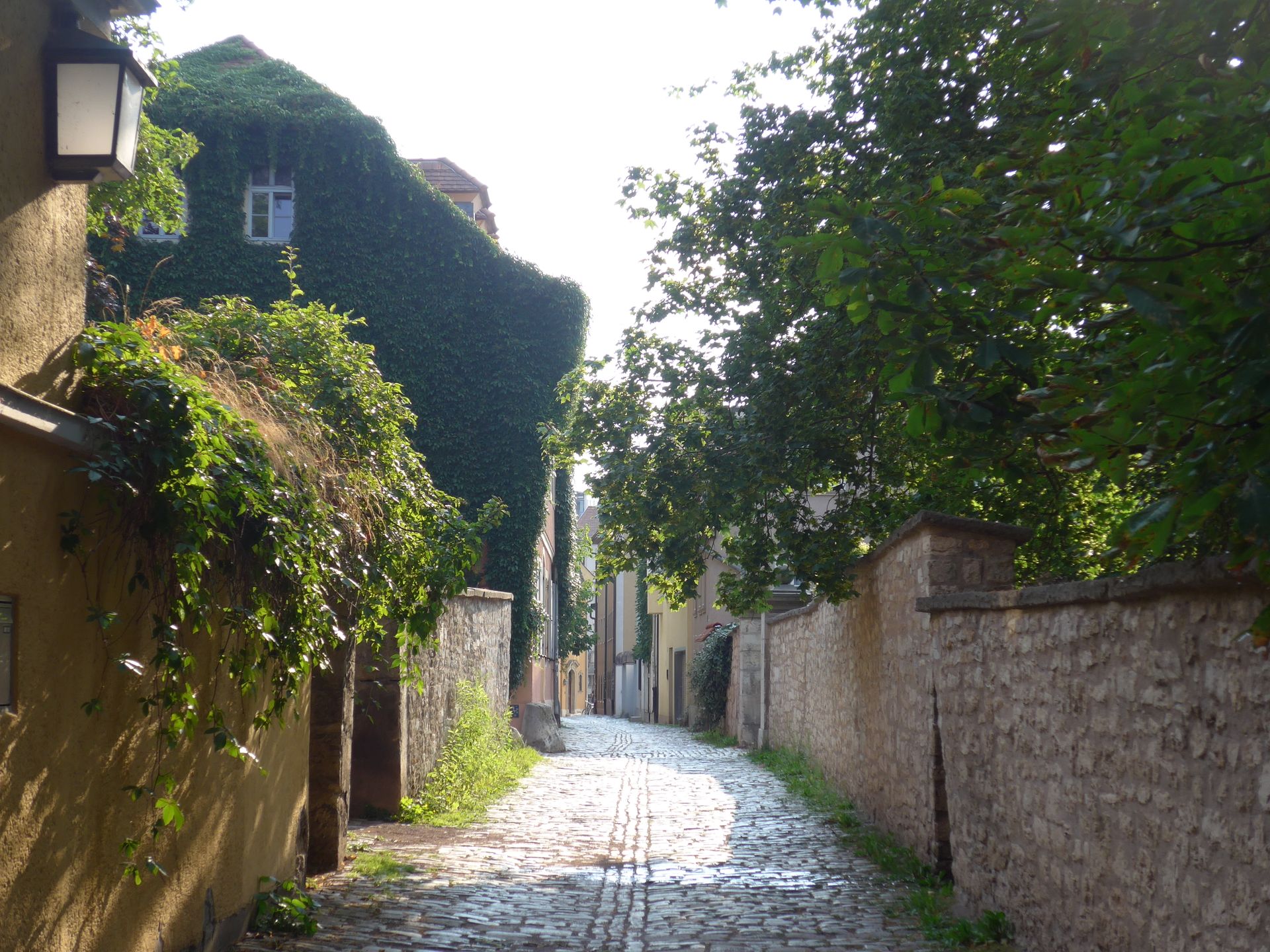
On Tuesday, we finally had the opportunity to visit the museums that are closed on Mondays. So we stood with some other tourists and a rather large school class in front of Goethe's residence before its opening time, waiting to enter.
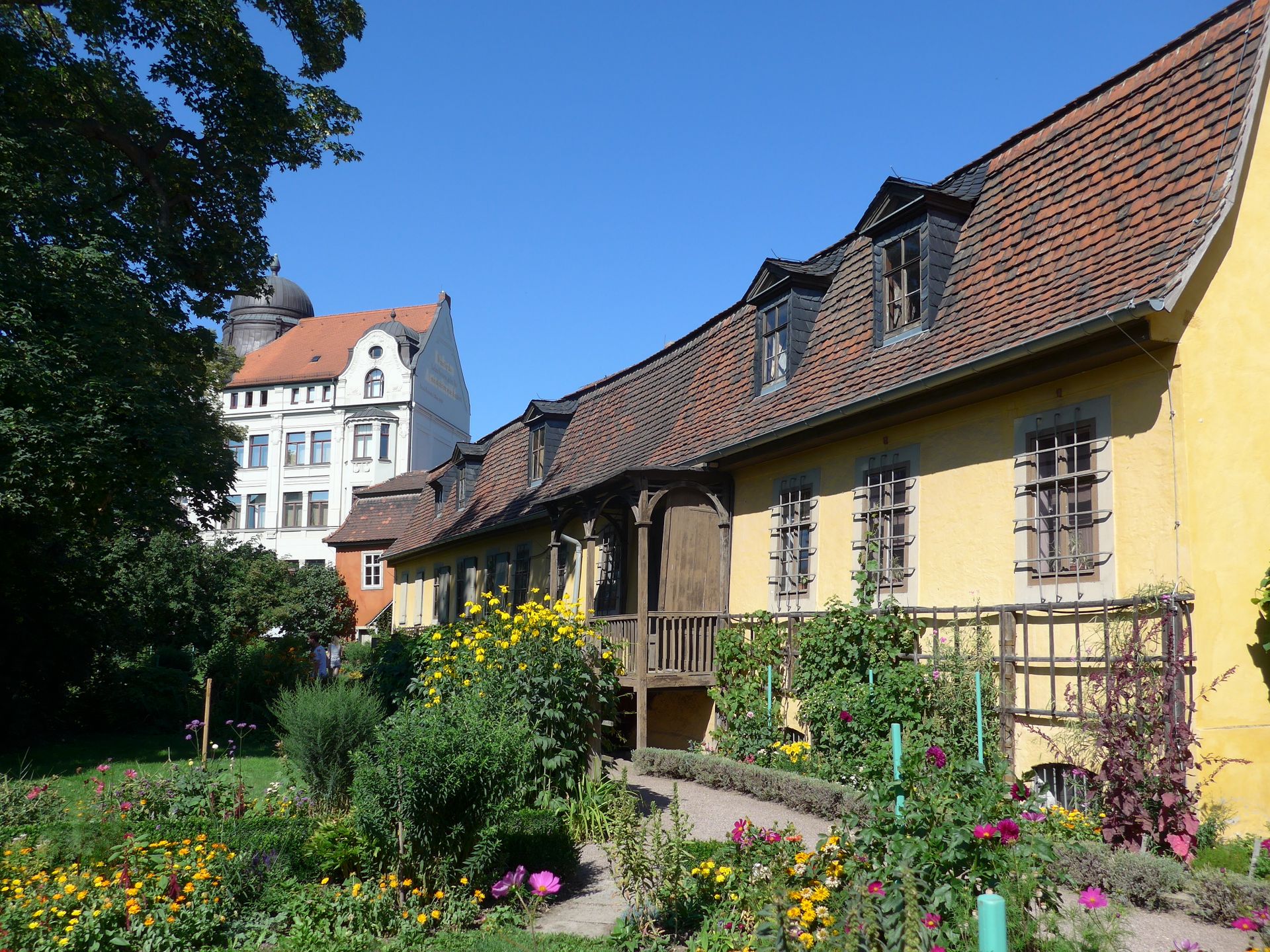
The tour took us through Goethe's former living quarters. There was also a modern exhibition about Goethe's work and life in the adjacent building.
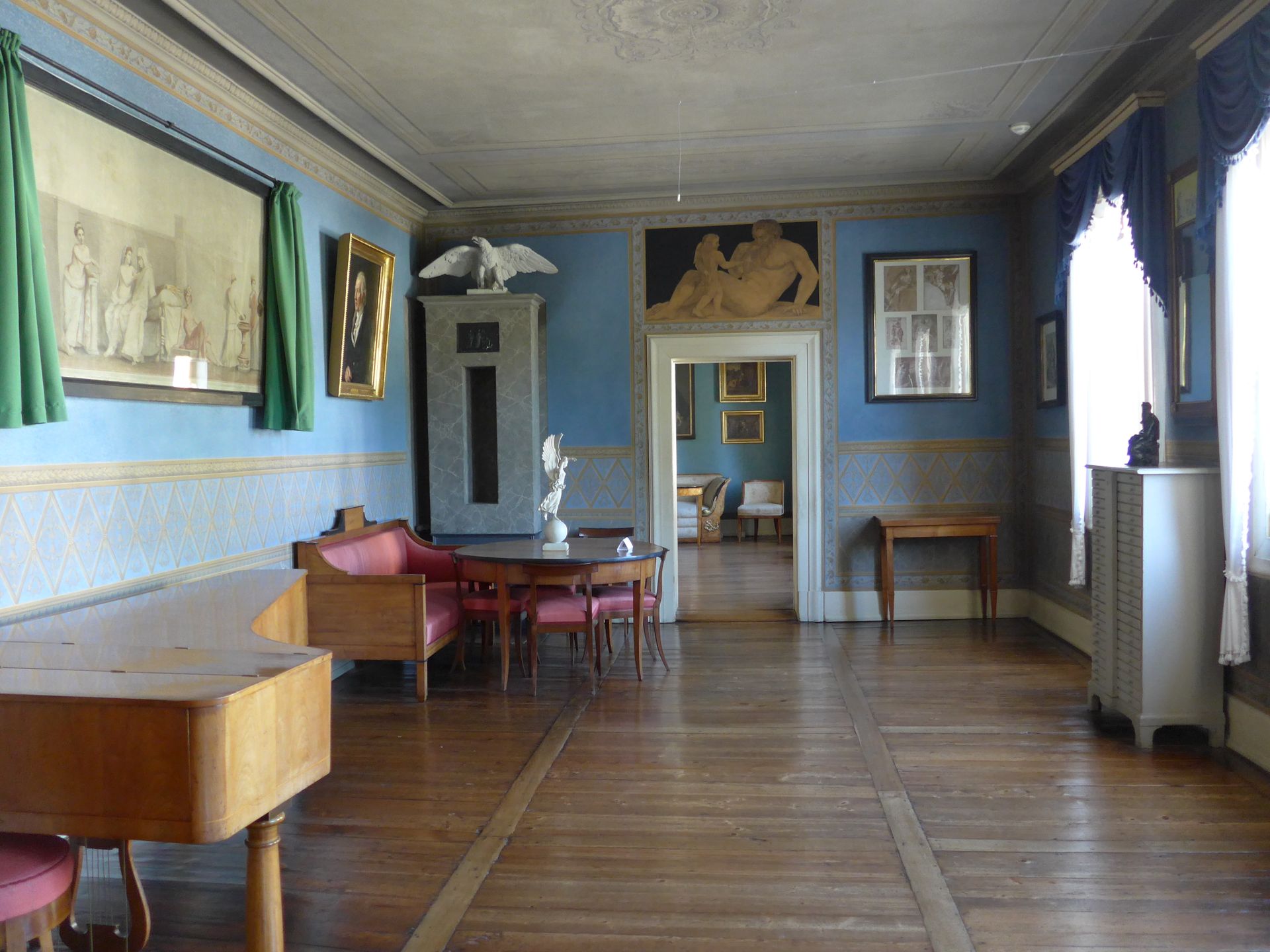
After Goethe, we naturally continued to visit Schiller and also saw the residence of the other great poet, which - unlike Goethe's house - he had to finance himself.
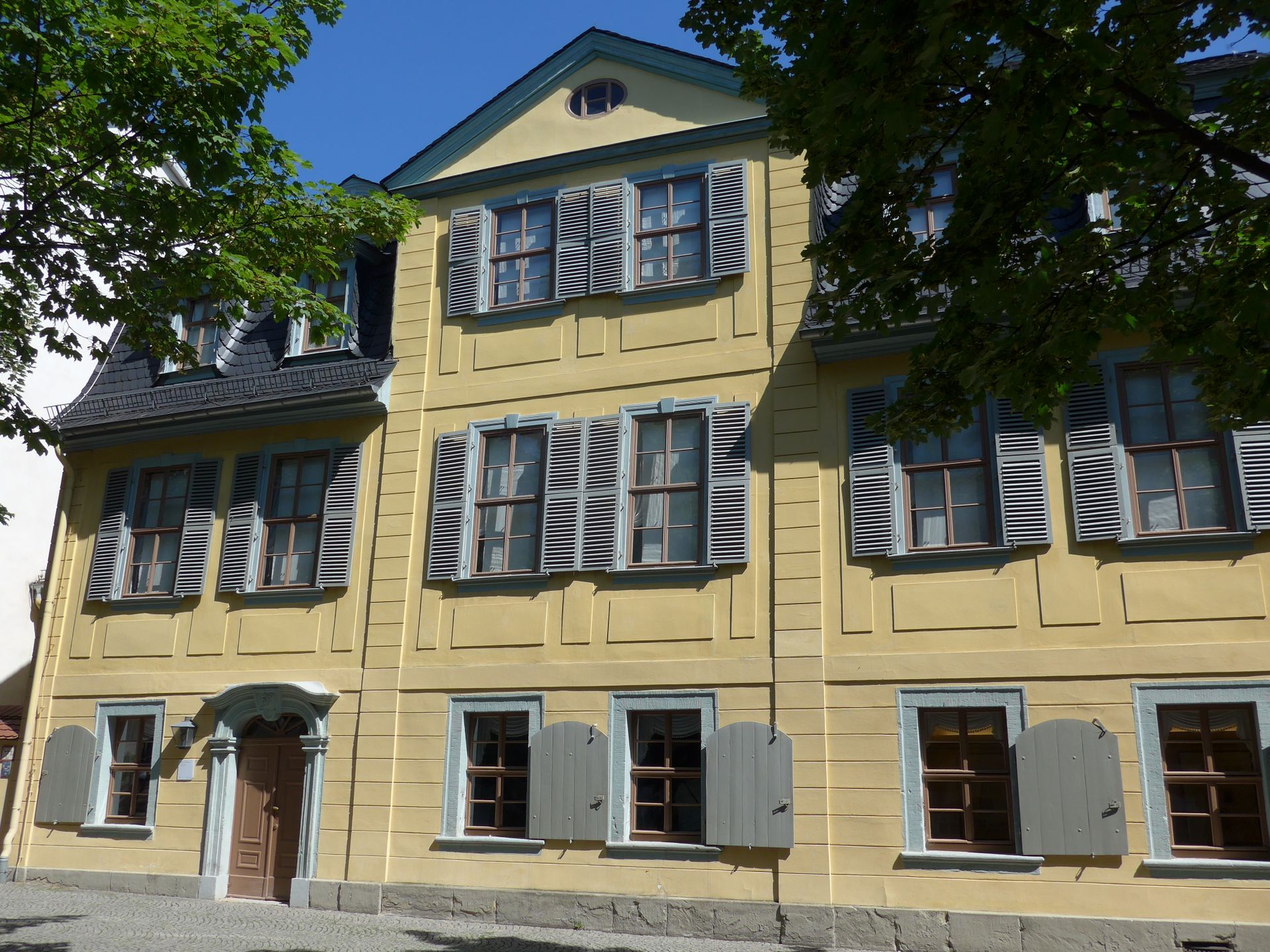
To do this, he had to get into debt and then earn enough money with his works to repay the loans. Unfortunately, he overextended himself and died at a young age of 45.
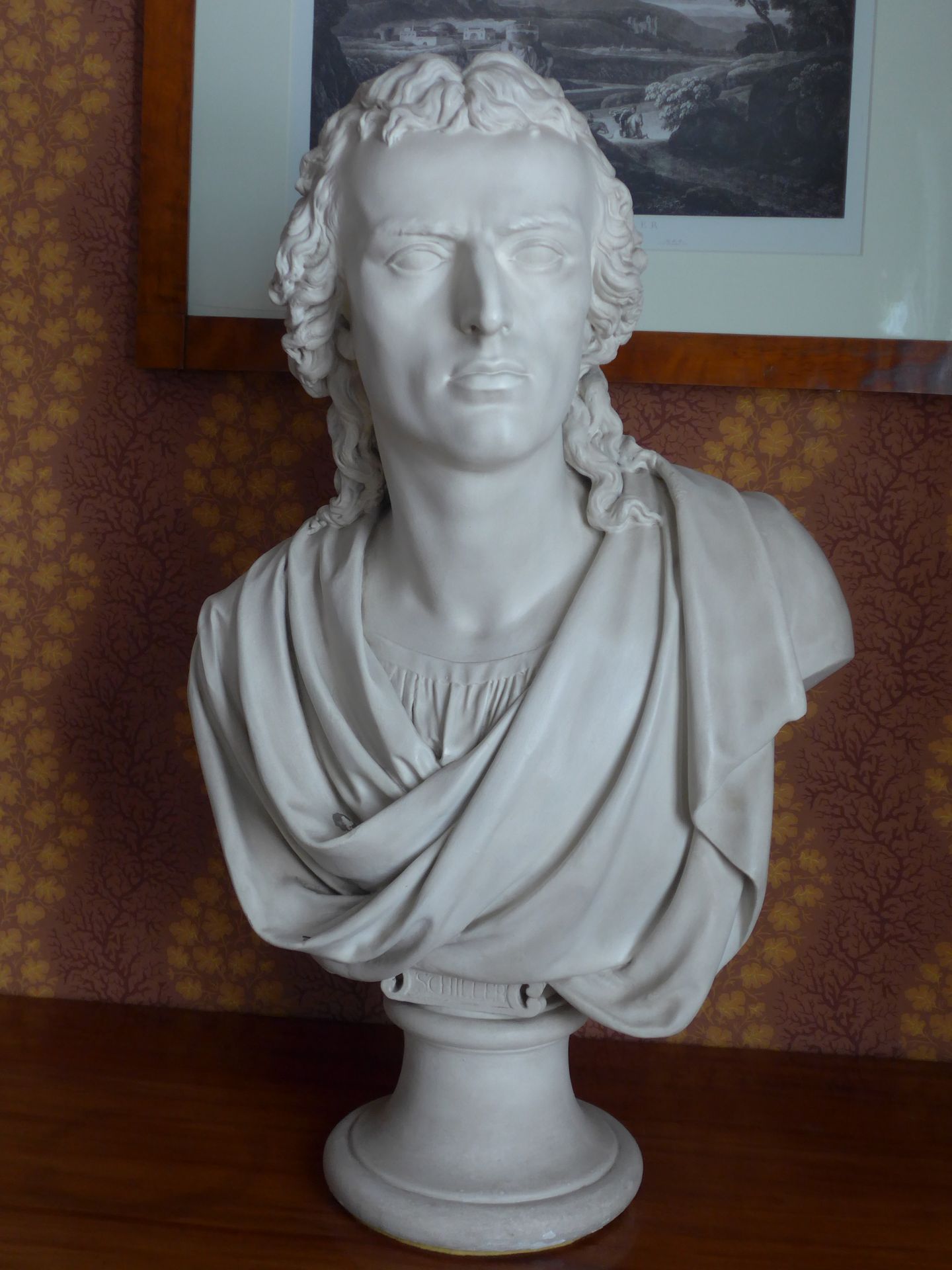
During this time, we learned, among other things, that Schiller had to flee to Thuringia because his Württemberg ruler had forbidden him to write so that he could fulfill his duties as a military physician.
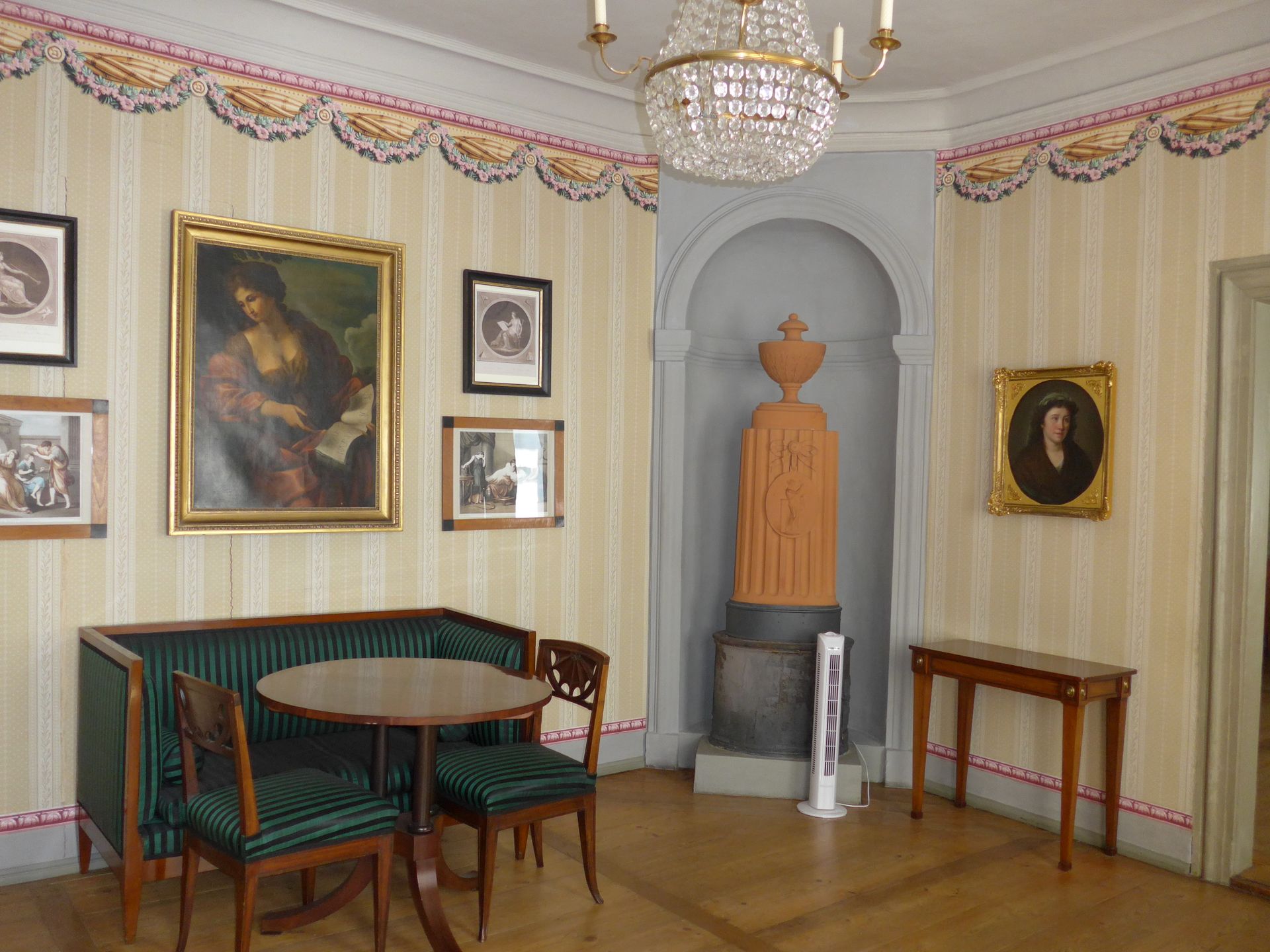
It was also fascinating to learn that Schiller was in love with two sisters at the same time, but when it came to marriage, he ultimately chose the younger one.
To make further use of our Weimar Card, we visited two more palaces that Anna Amalia lived in:
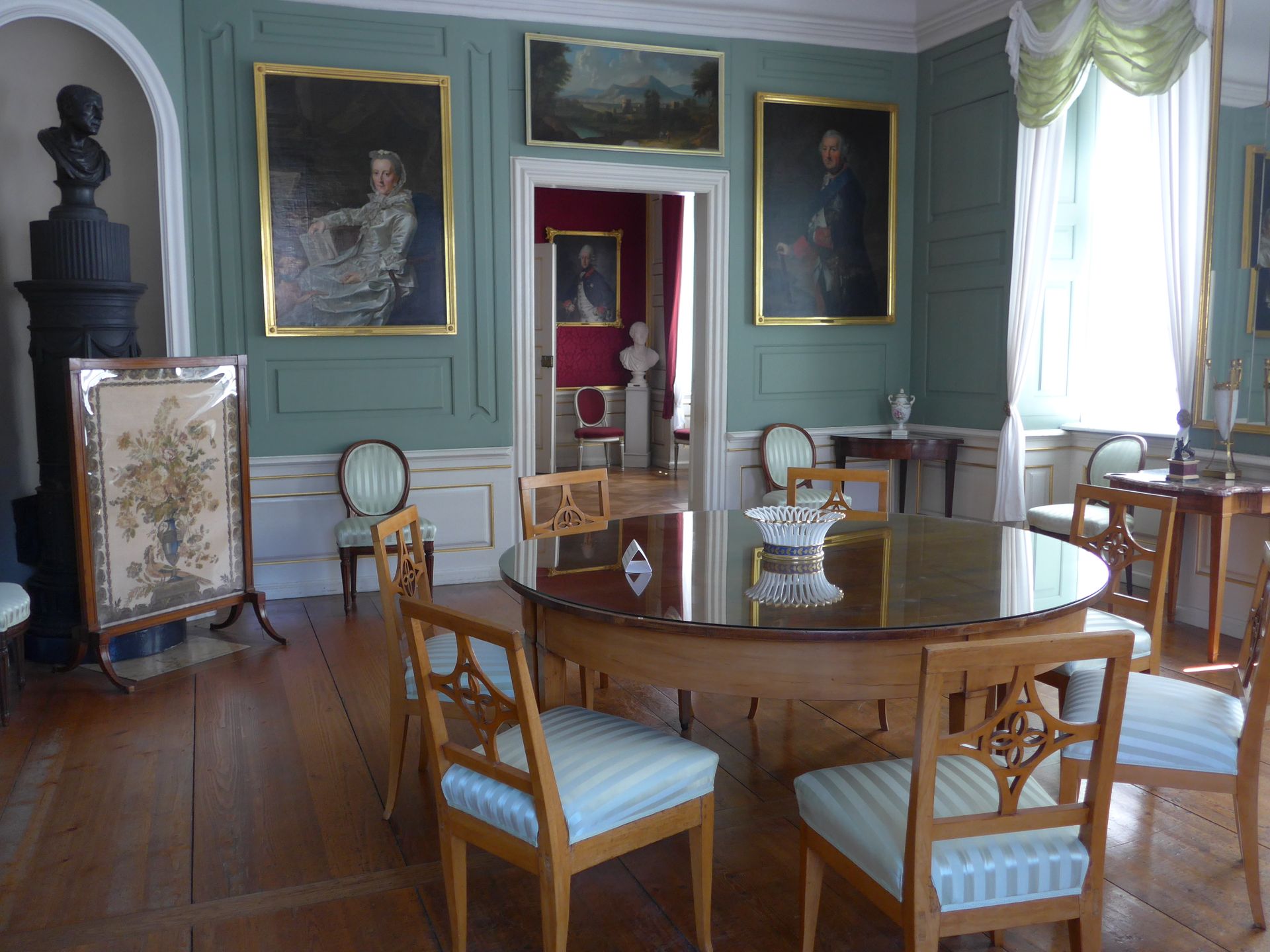
First, the Wittumspalais located in the city, which served as a residence for Anna Amalia after the city palace had burned down.
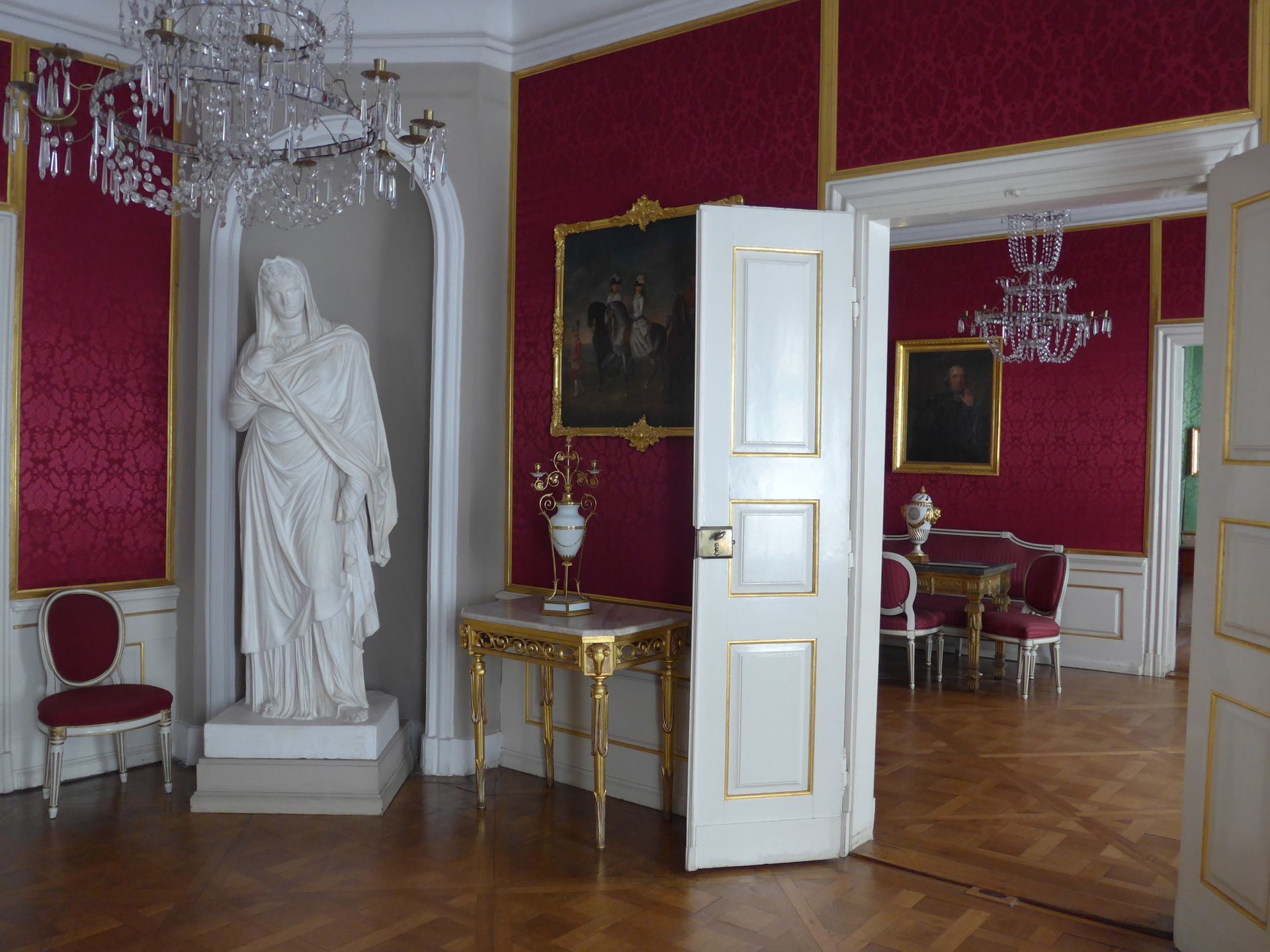
On the way, we also stopped at Tiefurt Palace. The palace, located a bit outside of the city, was originally a country house, which was later converted into a palace.

It is situated in a beautiful park that invites for a walk.
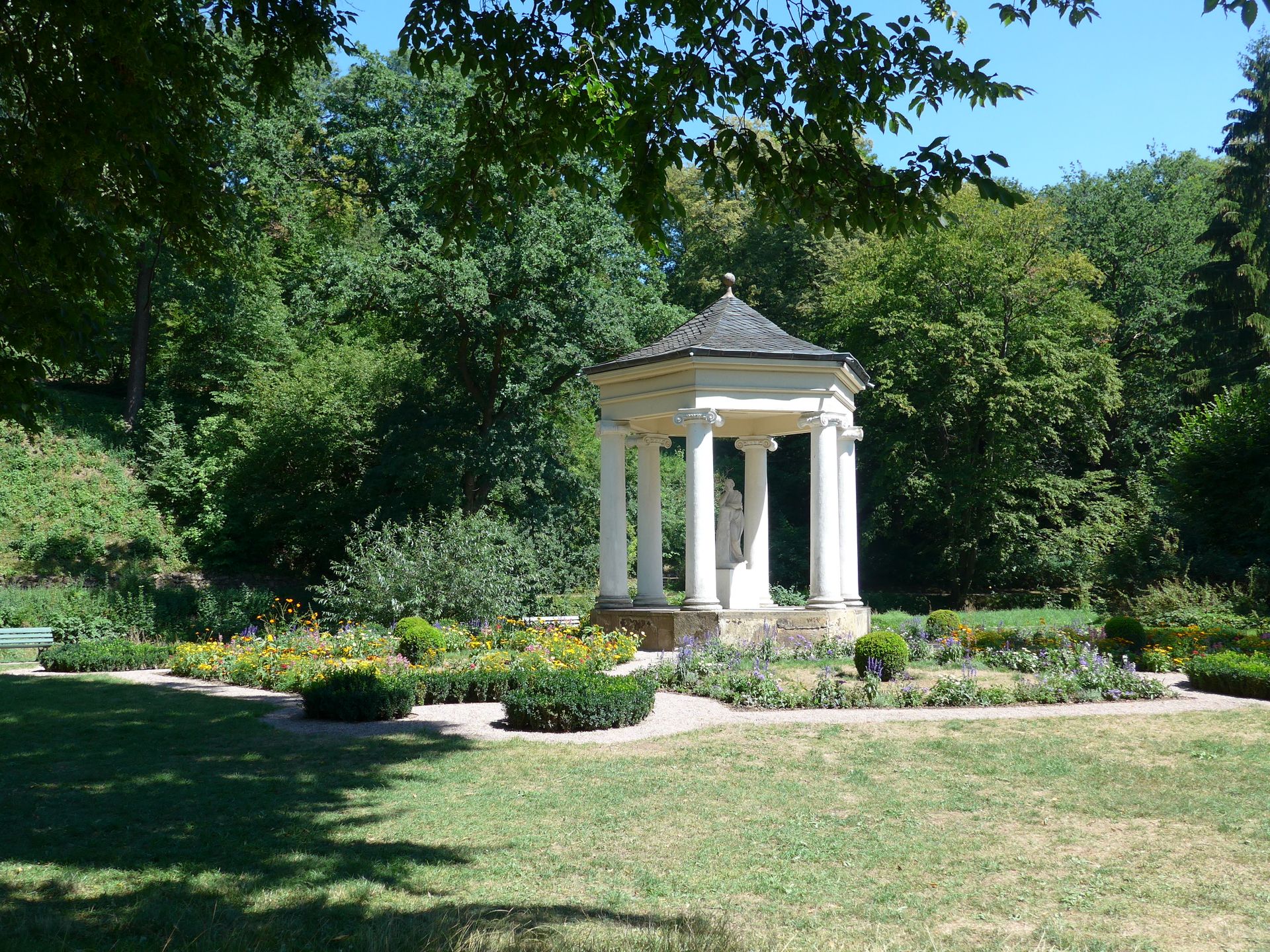
Assine o boletim informativo
Responder
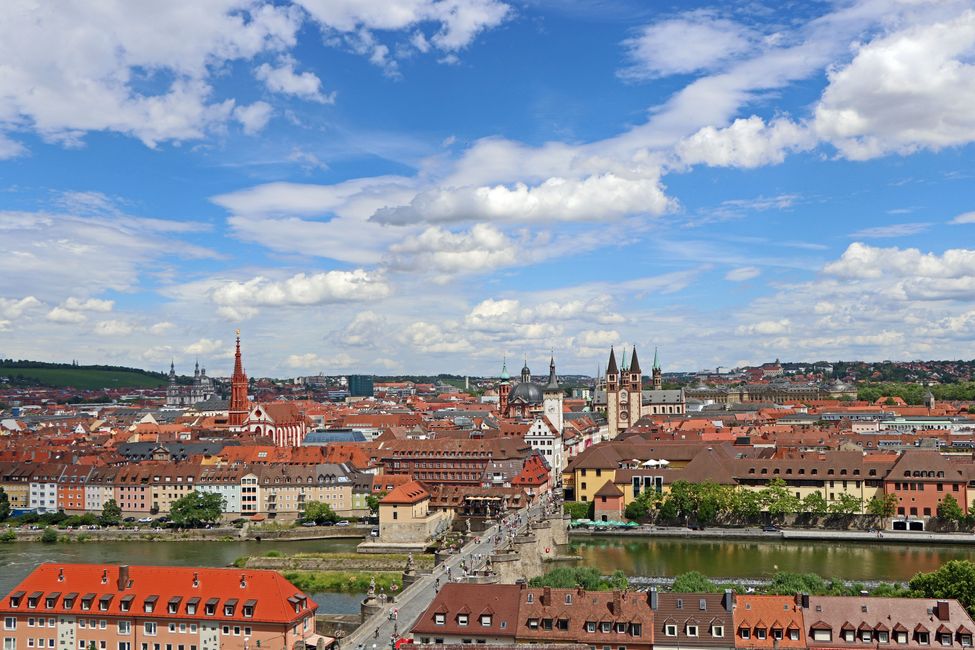
Relatórios de viagem Alemanha

